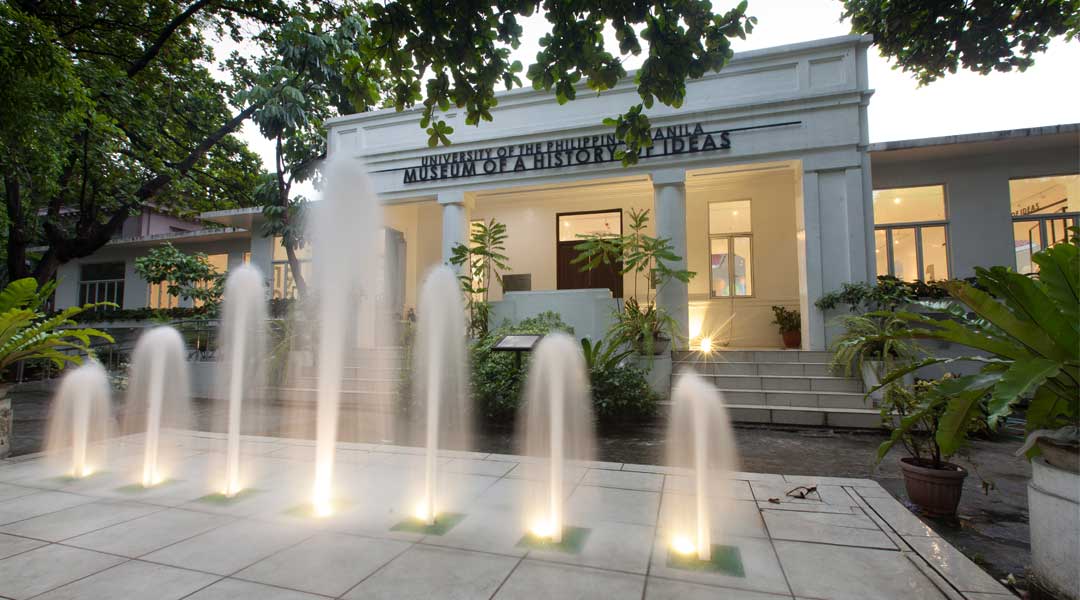
UP Manila Museum of a History of Ideas houses the intangible
Museums are keepers of the remains of our past—artifacts of significance for future generations to ponder whence they came and why. More and more, the concept of museums as repositories of objects is evolving to include the intangible of our cultural pamana—the oral traditions, folklore, rituals, and social practices passed down the ages by our ancestors, as well as abstract ideas that have emerged and persisted across distinct historical periods.
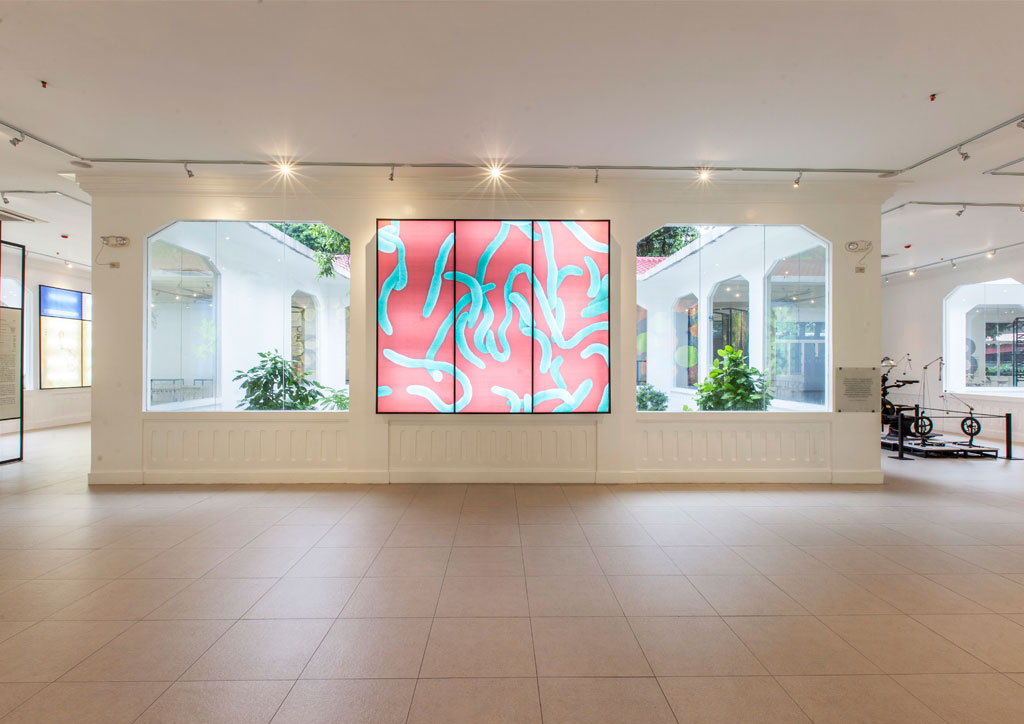
A study of the history of ideas, their formation, emergence, transformation, and articulation in various social, political, scientific, and cultural forms of expression, explains why certain traditions and philosophies endure and others don’t. This is the big idea behind the University of the Philippines Manila – Museum of a History of Ideas, established in October 2014.
The inaugural exhibit curated by Marian Pastor Roces chronicles the role and contributions of the state university to the intellectual life and critical imagination of an emergent nation since their concurrent establishment at the turn of the 20th century. Roces asserts that following the Philippine-American War, the university helped spawn six progressive ideas that forged the concept of a modern Filipino nation. These six serve as the overarching themes by which the exhibit is divided into sections: the University, the Modern, the Secular, the Tropics, the Filipino, and the Nation.
READ MORE: Museums in Makati and Manila you can visit for free (and for a fee)
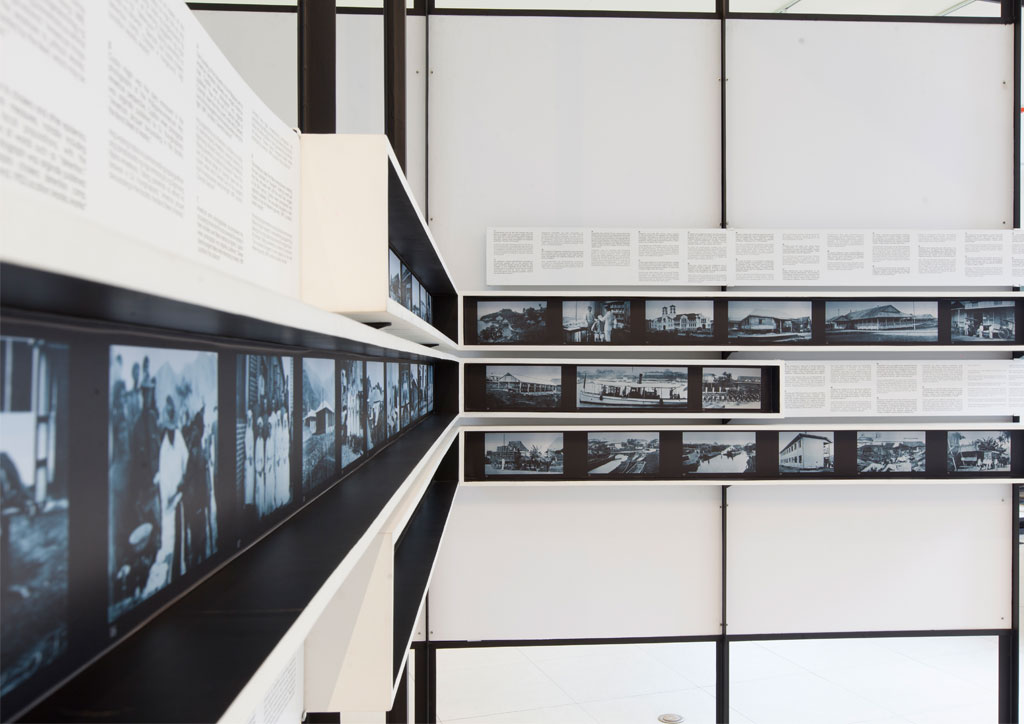
The University
When American colonizers took over the Philippines, they hijacked education from the authority of the priests who ran the country’s academic institutions for three centuries. The empire builders from the New World established the first secular institution of higher learning in the country—the University of the Philippines (UP). In contrast to the dogmatic approach of Spanish maestros, the American professors broached the idea of academic freedom and encouraged dissent in the classroom. UP became the first school to grant degrees to women and propagated the concept of co-education or co-ed.
UP expanded its programs in the sciences and highlighted the primacy of science over religion, and reason over superstition. They opened schools of agriculture, medicine, engineering, and forestry, among others. They also opened schools of fine arts, liberal arts, and music. Photographs in this section show the old campus buildings in UP Manila, including the old UP College of Fine Arts, which used to stand along Hidalgo Street in Quiapo before its transfer to a heritage-themed resort in Bagac, Bataan. There are also photographs of UP’s first alumni, including Maria Paz Mendoza, the country’s first female medical doctor.
READ MORE: Old Jaro city hall restored and now National Museum satellite
The Modern
The American colonial government’s investments in infrastructure and liberal economic policies allowed the Philippines greater access to the global network of trade and commerce, which facilitated the entry of modern technology and instruments. The highlight of this section is a collection of medical instruments and apparatus state-of-the-art at the time. An accompanying collage of photos shows the changes in society that came with modernization.
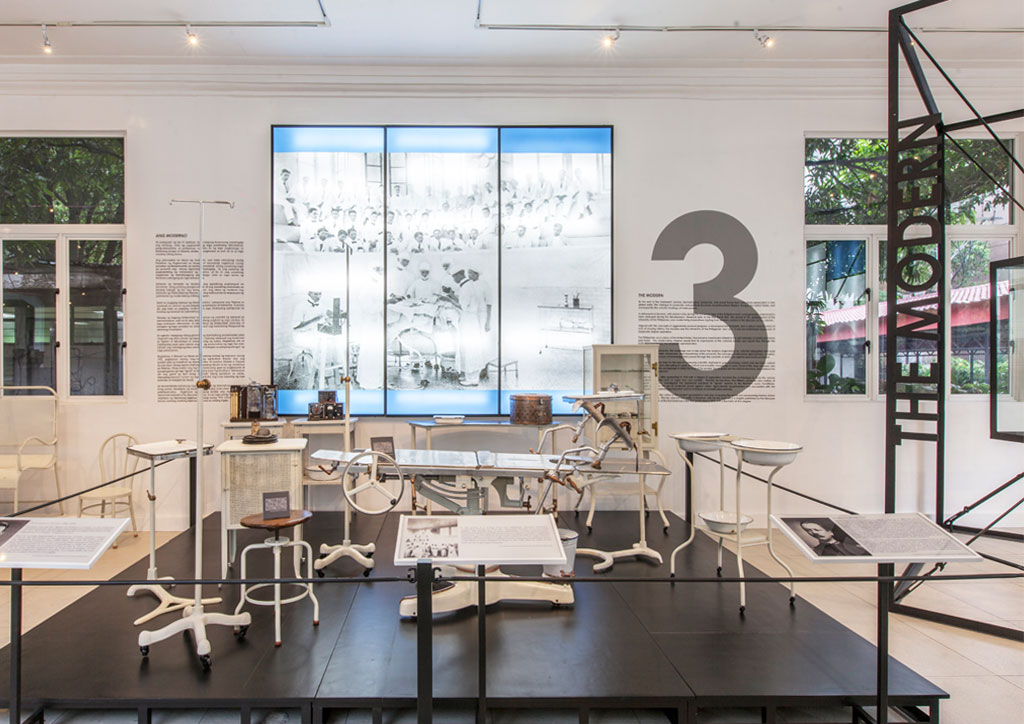
The Tropics
Prompted by outbreaks of tropical diseases like dysentery, malaria, dengue, H-fever, small pox, and cholera, the Americans segregated the infected into quarantine zones. Scholars argue this campaign achieved a dual purpose—purge the diseases and rationalize a strict surveillance system, which effectively forced villagers to submit to their new masters. They introduced concepts of hygiene and sanitation that redefined what it means to be civilized.
Old practices like washing along the rivers and esteros were banned, outdoor bathing prohibited, and citizens were required to use toilets. Houses and public markets were redesigned for maximum natural ventilation and provided with clean water supply. Three years prior to UP’s establishment, the Philippine General Hospital was founded to help with the sanitation drives. Medical practitioners from UP and PGH yielded breakthrough medicines using the country’s rich ecosystems.
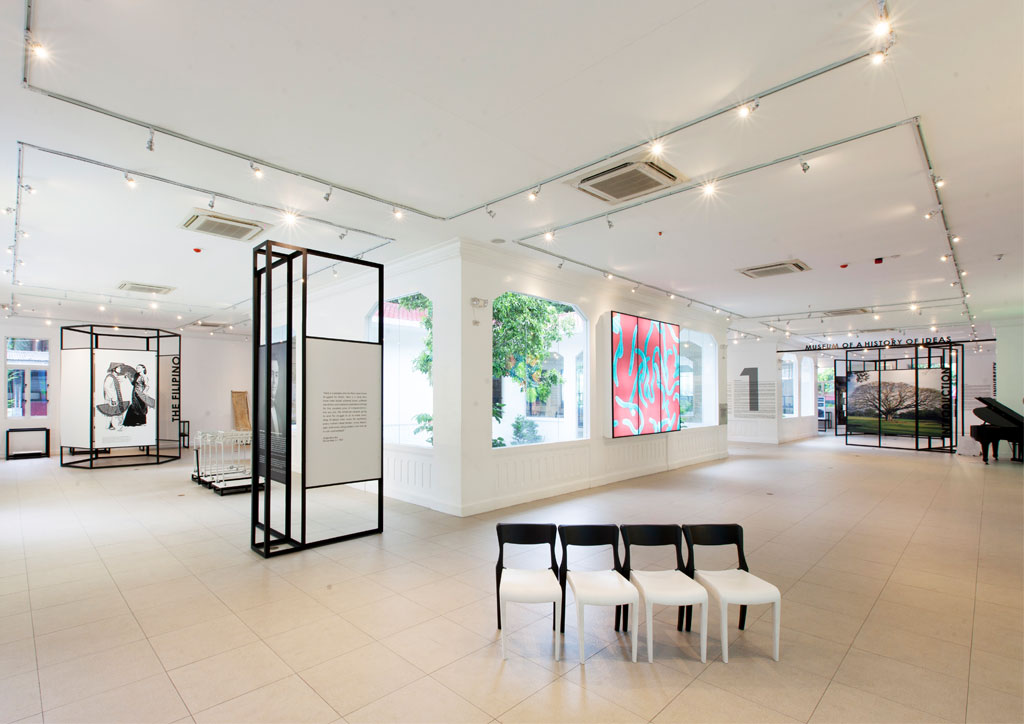
The Filipino
Access to higher education gave Filipinos a sense of empowerment, identity, and purpose. During the American occupation, education was seen as the means to improve one’s lot in life, and to help one’s family and the rest of the community. As university graduates ventured into far-flung areas of the archipelago to practice their professions, they became more aware of the larger and culturally-diverse Filipino community they needed to serve. To highlight this wealth of cultural expressions, this section features Francisca Reyes-Aquino, whose ground-breaking study on local dances presents the identity of the Filipino through a cultural lens.
READ MORE: The National Museum of Natural History – How it began
The Secular
This section is dedicated to the concept of the Separation of the Church and State, one of the enduring legacies of the American period. From this idea sprang forth a liberal and secular public education system that uses a curriculum with emphasis on the sciences and humanities over religion. Schools like UP started advocating for democratic ideals and the development of men as productive citizens. Man, not religious figures, became the subject of art studies. Secular educators taught Filipinos the concept of research and the scientific method as an empirical and systematic means of testing ideas.
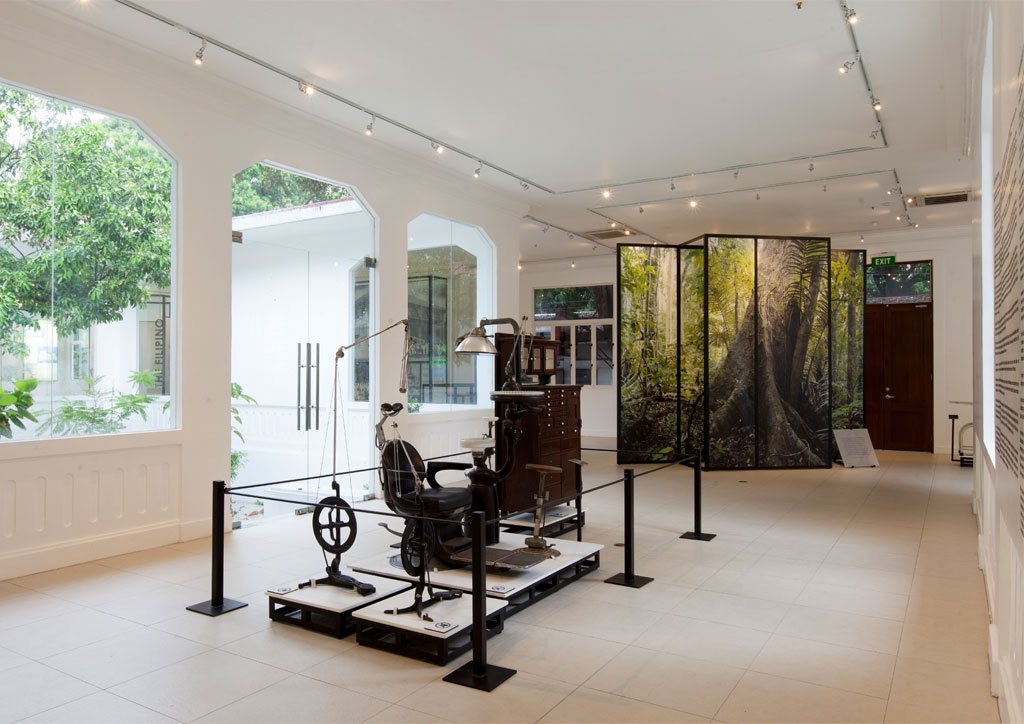
The Nation
Lastly, the American government allowed the idea of a meritocratic Philippine society to flourish. The University of the Philippines at the forefront of the public school system allowed Filipinos to acquire skills and knowledge that prepared them for leadership positions in private and public institutions, eventually paving the way for self-determination. Through the years, Filipinos assumed influential positions in government enabling them to participate in the formation of a sovereign state. This section showcases the works of Filipino intellectuals during this period along with cartographic representations that signify a sense of the nation.![]()
This article first appeared in BluPrint Vol 4 2016. Edits were made for Bluprint online.
Photographed by Ed Simon
History of the Museum
The museum is housed in the old College of Dentistry building constructed in 1931 inside the Philippine General Hospital compound along Padre Faura Street in Ermita. Its architecture is reminiscent of the neo-classical aesthetic popularized by William Parsons. The single-storey building, occupying 1,000 square meters, is itself an expression of the university’s past.
Before it was occupied by the College of Dentistry in 1959, it was the University Infirmary from 1931 to 1947. It became the emergency headquarters of the administrative office of the university during World War II. Ed Calma led the restoration of the building in 2009 as part of the centennial projects of the UP.


